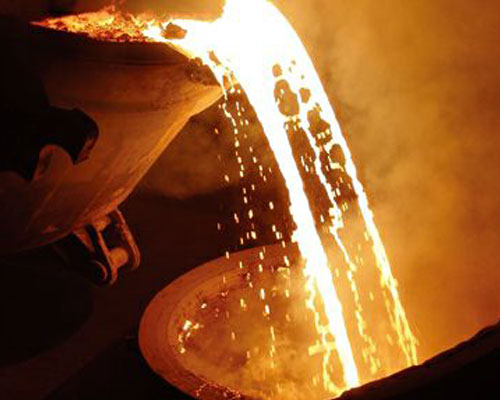
01 12月 Molten Aluminium Refining Flux
Molten Aluminium Refining Flux mainly reduces the content of hydrogen and Al2O3 in molten aluminum alloy through chemical reaction, adsorption and filtration to improve the quality of injection molding. The content of hydrogen and inclusions in the aluminum alloy liquid depends on the refining agent and refining method.
Other factors can easily lead people to ignore the necessity of improving the quality of aluminum alloy die castings, such as
1. The quality requirement of injection molding is low.
2. The plant has a dry climate and low oxide content in aluminum ingots.
3. Conventional mass production has a small proportion of recycled waste, low recovery rate, and good quality of new ingots.
4. The smelting capacity of the smelting equipment does not match the production capacity of the injection molding machine (that is, the smelting capacity is insufficient).
5. Based on the consideration of the production cost of injection molded parts, the influence of traditional customs.

please contact sales@adtechamm.com forRefining Agent
Due to the increase in the internal and external quality requirements of aluminum alloys, many castings have requirements for sealing and workability. Therefore, in order to improve the quality of die-casting parts, the refinement treatment of die-cast aluminum alloy cannot be ignored.
After determining the alloy grade, ingot quality, acceptable impurity type and content, smelting (remelting) equipment, and other processes other than refining, the key to obtaining high-quality liquid fusion fluid is to use ideal and efficient Molten Aluminium Refining Flux.
It is used to purify the alloy liquid, to remove the gas and various inclusions in the alloy liquid to the maximum extent, and to purify the alloy liquid.
Purification of recycled aluminum
At present, aluminum is the most widely used non-ferrous metal in the world, and aluminum products are widely used in various fields of the national economy. Compared with the production of electrolytic aluminum, the use of recycled aluminum can save 95% of energy such as water and electricity.
Less waste gas and waste are generated during the production process, and environmental pollution is significantly reduced.
At the same time, the use of recycled aluminum can also reduce the production cost of aluminum alloy products, which has good social and economic benefits.
The main purpose of aluminum alloy smelting is to obtain an aluminum alloy melt with high purity and chemical composition that meets the production requirements by formulating a reasonable smelting process.
The smelting of secondary aluminum alloys is to remelt the pretreated aluminum scrap and aluminum scraps in a smelting furnace, and perform degassing, slag removal, modification, and refining procedures during the smelting process to obtain a liquid with a chemical composition that meets the requirements. aluminum. Request, and finally cast into an ingot.
The raw materials for recycled aluminum are usually scraps that are mixed with various alloys and whose composition is not clear. In order to obtain a high-quality melt for the production of ingots, harmful impurities, gases and oxides in the waste must be melted and removed.
Purification and refining are very important processes in secondary aluminum smelting. The most commonly used methods are powder spraying and inert gas purification.
At present, the most commonly used Molten Aluminium Refining Flux is chloride salt and fluoride salt. Cl2 or C2Cl6 can also be used.
Although these refining agents have good cleaning and refining performance, their by-products such as AlCl3, HCl, etc. will cause great harm to the human body, environment and equipment.
However, if inert gases such as N2 and AR are used as refining agents, the cleaning effect will not be very good.
At present, the more advanced technology is to use rare earth alloys to modify, refine and refine secondary aluminum, make full use of the interaction between rare earth elements and aluminum melt, and realize the integrated treatment of aluminum melt purification, refining, and modification.
This refining method is simple and efficient, can effectively improve the metallurgical quality of recycled aluminum, and at the same time will not produce harmful waste gas and other by-products during the processing.
In addition, the combined purification process of chloride salt filtration and flux argon purging is better than single purification.


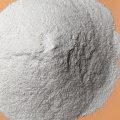
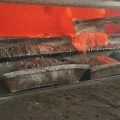
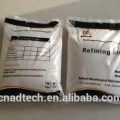
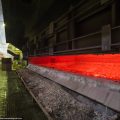
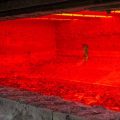
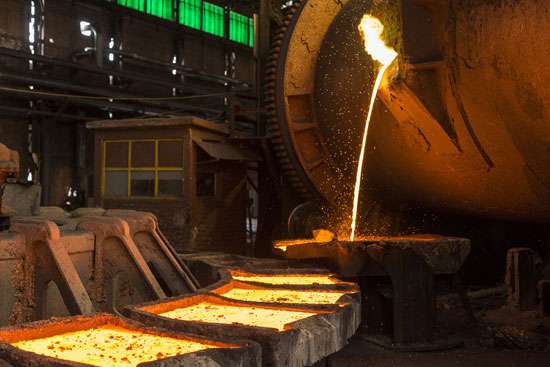
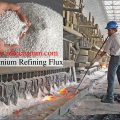
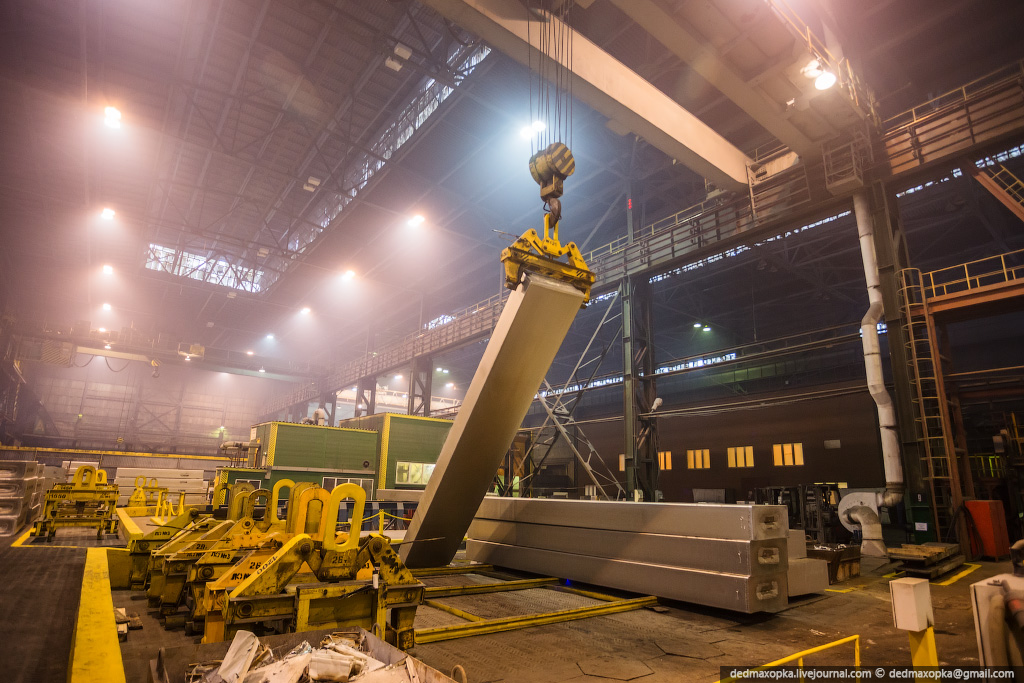
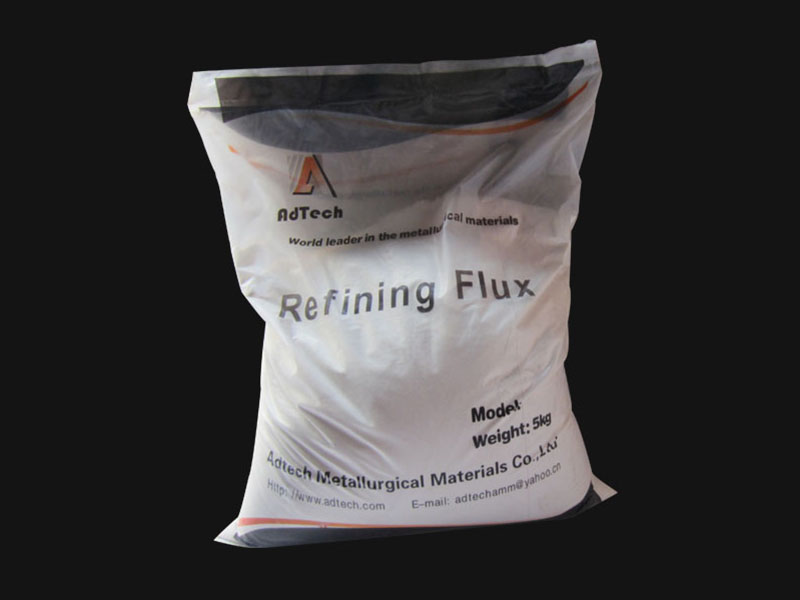
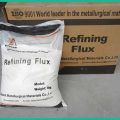
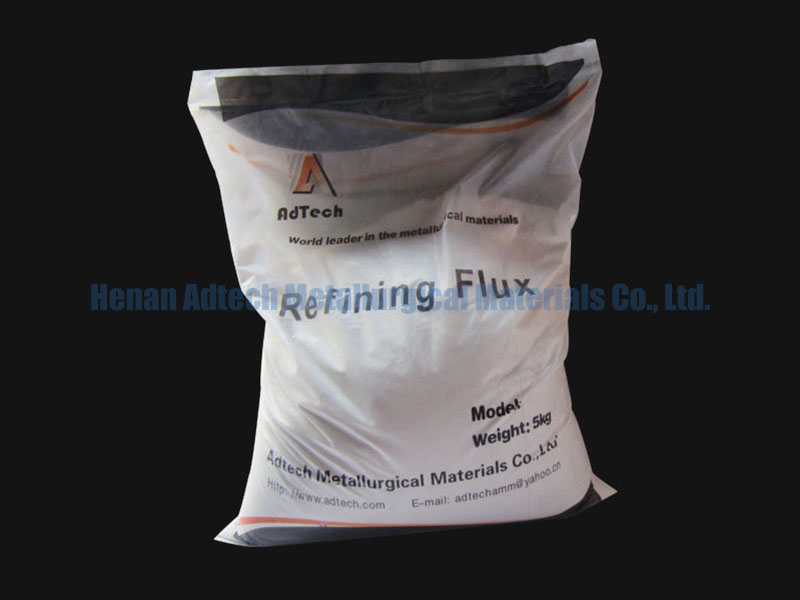
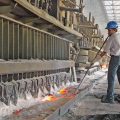

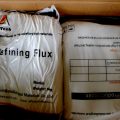
No Comments